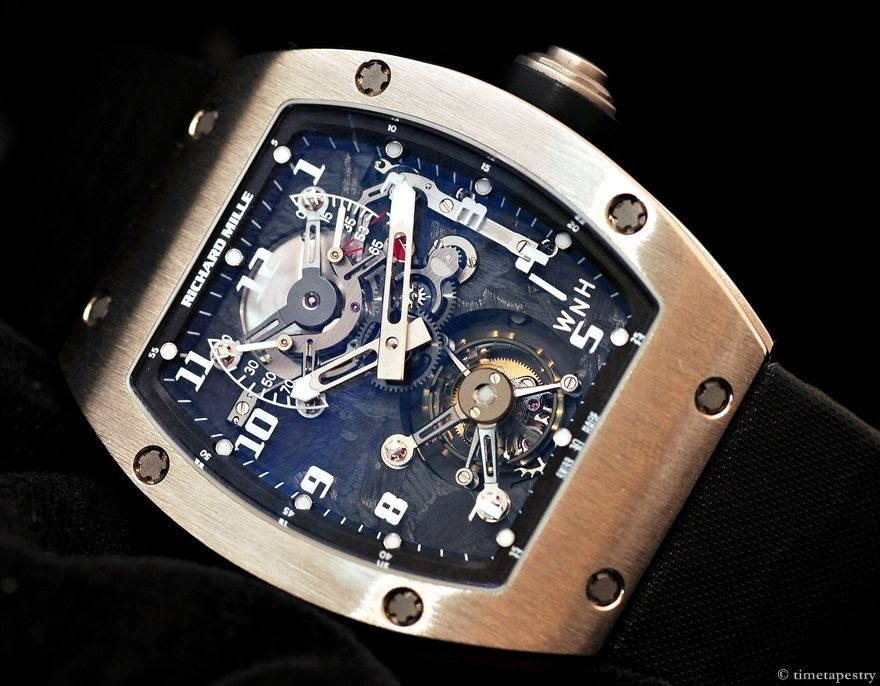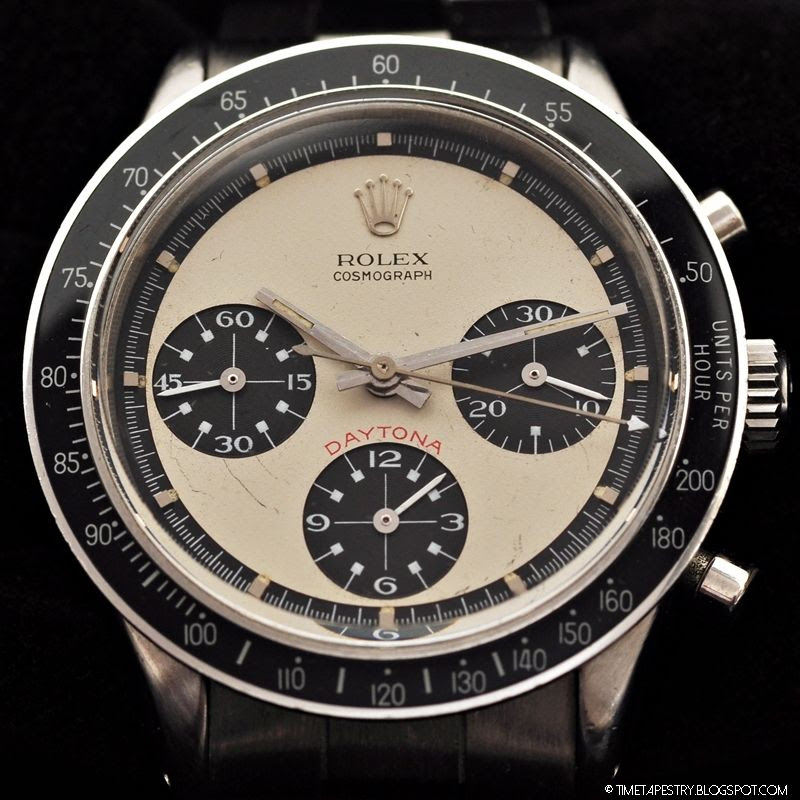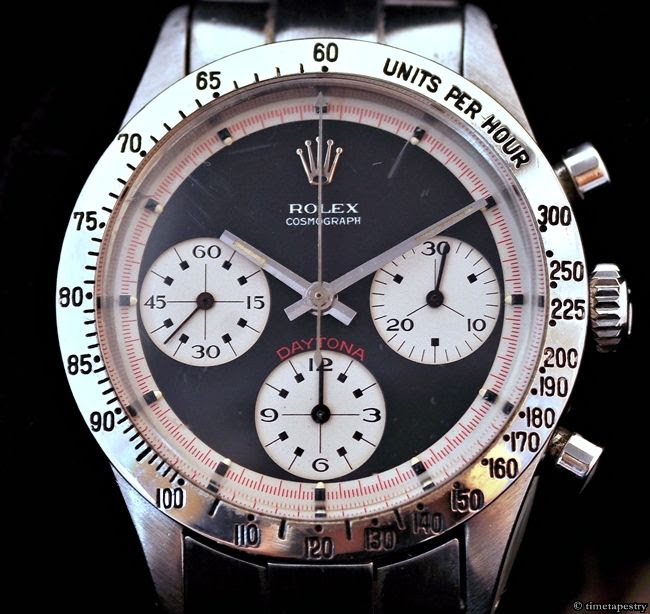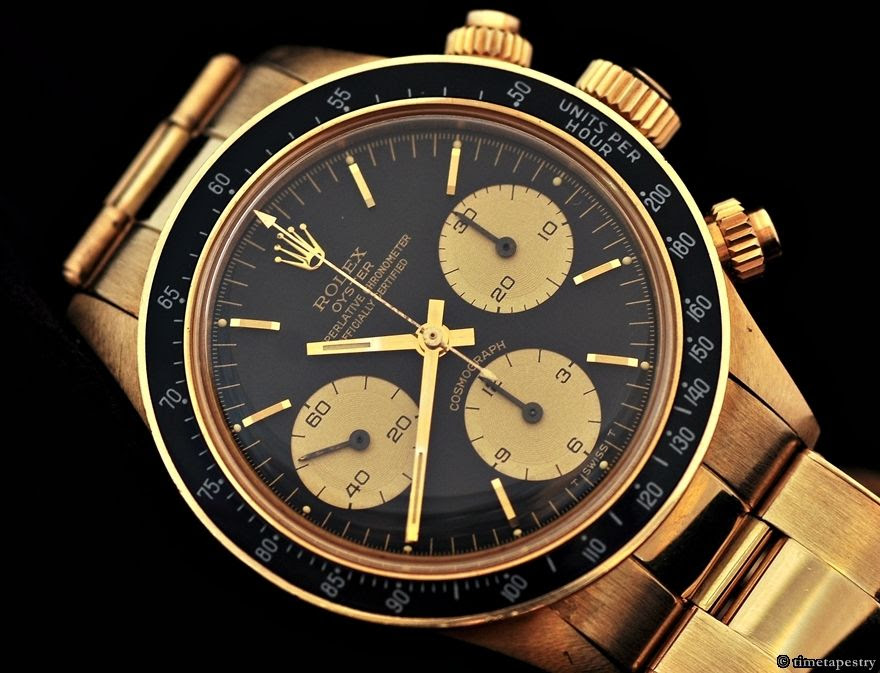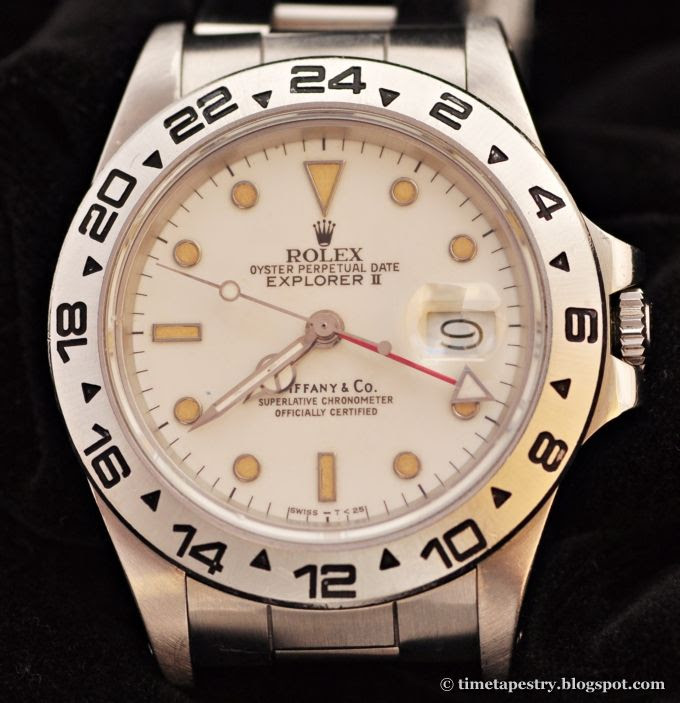Shooting the Leica M10P and M246 Monochrom in Cafe Leitz
The Raffles Hotel Leica shop reopened recently and I managed to pop by to check it out (Uhm a few times). I love Leica cameras of course [have had previous blog posts on their bodies and lenses] and have owned some of them (M6, M8, M9, T) have tried some for a few days to weeks (M7, M240, SL, S Typ 007) still own and love the M6 and have had hands on with other bodies like the M10P and Monochrom which I took some of the below shots with. (Some of the pix below with the iPhone too).
The Leica Gallery has also reopened next to the retail space but a wonderful new addition is the uber cool Cafe Leitz! One of 3 in the world, the others being in Wetzlar and Thailand. The gallery has some wonderful images by Thomas Hoepker on display right now and it is great to enjoy them as well as checkout the photography books and magazines there over a nice cup of coffee and yummilicious petits fours from the patissier. I had the delicious Jade Mirror which is a pandan chiffon sponge with kaya cream and mousse and the Ho Ho Horlicks which is a horlicks creme brulee (salivating again thinking about it) washed down with a flat white prepared by excellent barista from the alchemist, who will be running the coffee bar till 31 Dec after which it changes to another coffee company to run for a time.
On the gear, the M10P is very quiet and nice, the new shutter being firm yet having a lovely soft sound. The M246 Monochrom is a cool camera that shoots just black and white without Bayer color RGB filter array and has better high ISO performance than it's M240 brethren and have better b/w tones. It is a very cool camera. M10P shots below taken with Summilux 28mm and Monochrom shots taken with Summilux 50mm (both current versions).
So sharing some snaps around the shop and of course I highly recommend folks who love Leica to head down too. Going down equals ownself poison ownself though ;) Ok on to the pix. Cheers.

Yummy mini confectionaries (shot with M10P)


Yes I would like more coffee (shot with M246)

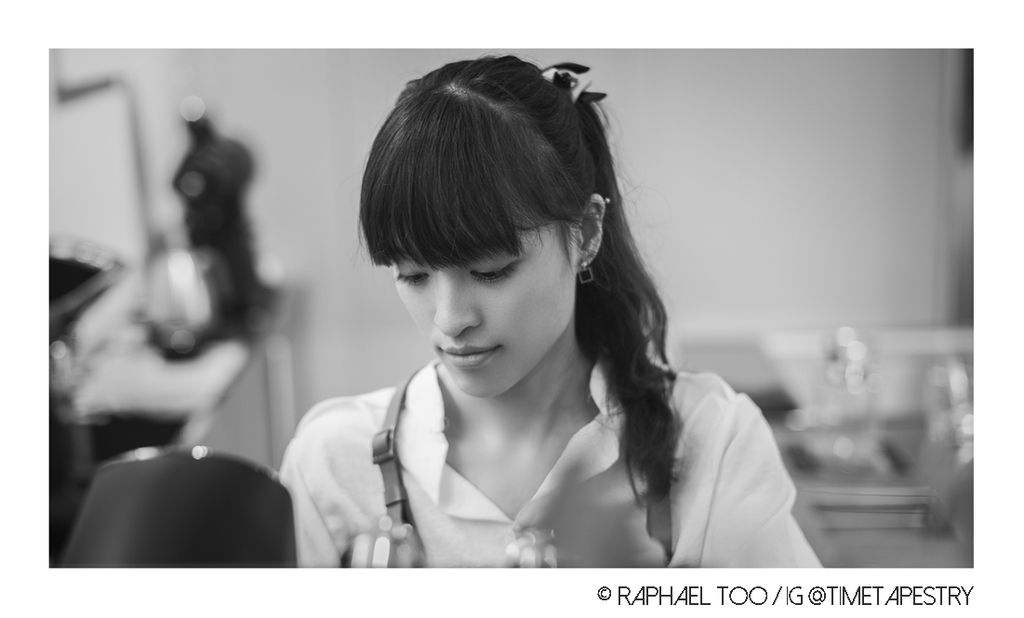
Some dried flowers around the counter (shot with M246)

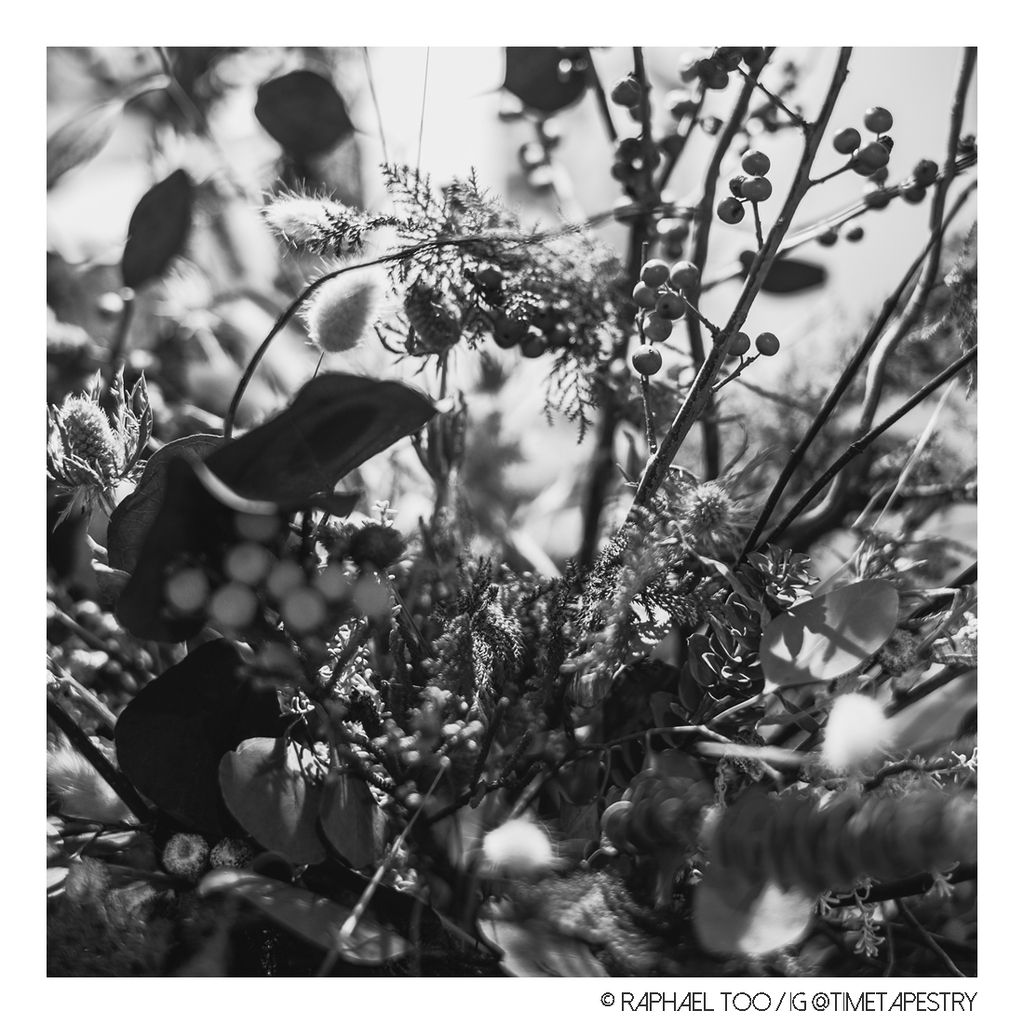
Taking a break (shot with M246)

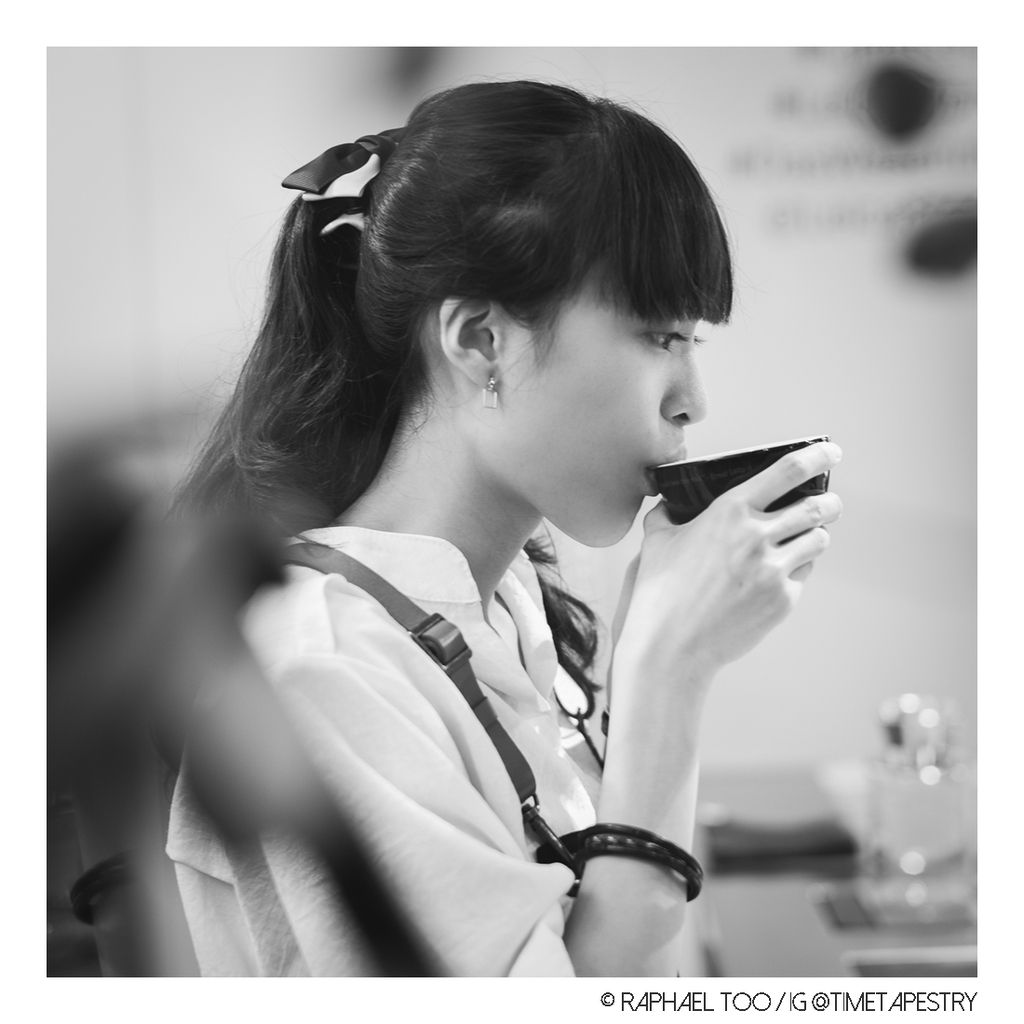
Always happy with a good cup of Leica coffee (shot on iPhone)
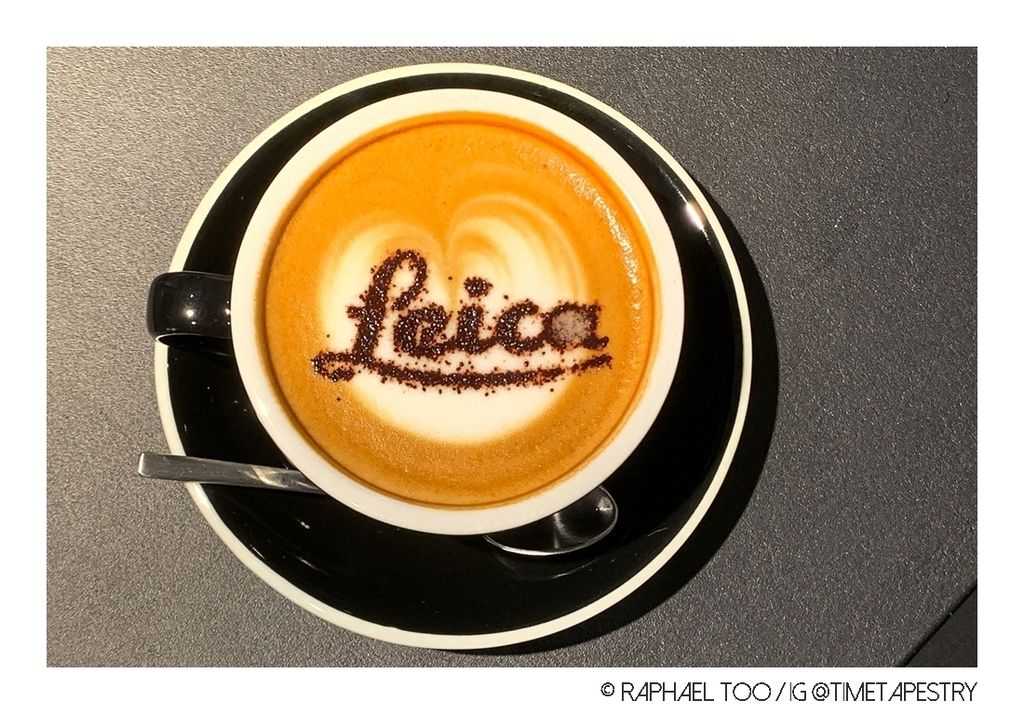
The Leica Gallery has also reopened next to the retail space but a wonderful new addition is the uber cool Cafe Leitz! One of 3 in the world, the others being in Wetzlar and Thailand. The gallery has some wonderful images by Thomas Hoepker on display right now and it is great to enjoy them as well as checkout the photography books and magazines there over a nice cup of coffee and yummilicious petits fours from the patissier. I had the delicious Jade Mirror which is a pandan chiffon sponge with kaya cream and mousse and the Ho Ho Horlicks which is a horlicks creme brulee (salivating again thinking about it) washed down with a flat white prepared by excellent barista from the alchemist, who will be running the coffee bar till 31 Dec after which it changes to another coffee company to run for a time.
On the gear, the M10P is very quiet and nice, the new shutter being firm yet having a lovely soft sound. The M246 Monochrom is a cool camera that shoots just black and white without Bayer color RGB filter array and has better high ISO performance than it's M240 brethren and have better b/w tones. It is a very cool camera. M10P shots below taken with Summilux 28mm and Monochrom shots taken with Summilux 50mm (both current versions).
So sharing some snaps around the shop and of course I highly recommend folks who love Leica to head down too. Going down equals ownself poison ownself though ;) Ok on to the pix. Cheers.
Thomas Hoepker on display at the Galerie (shot with M10P)

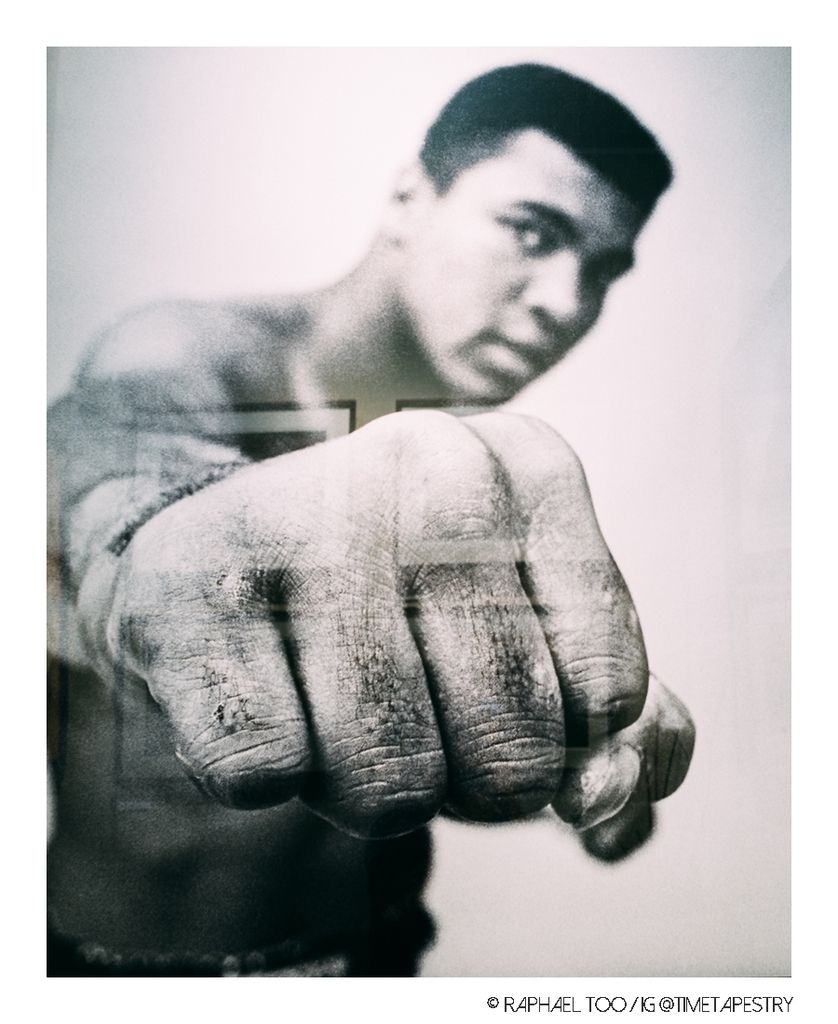
Contact sheet from a Thomas Hoepker book I was reading at the cafe (shot on iPhone)

The lovely M10P (shot on iPhone)
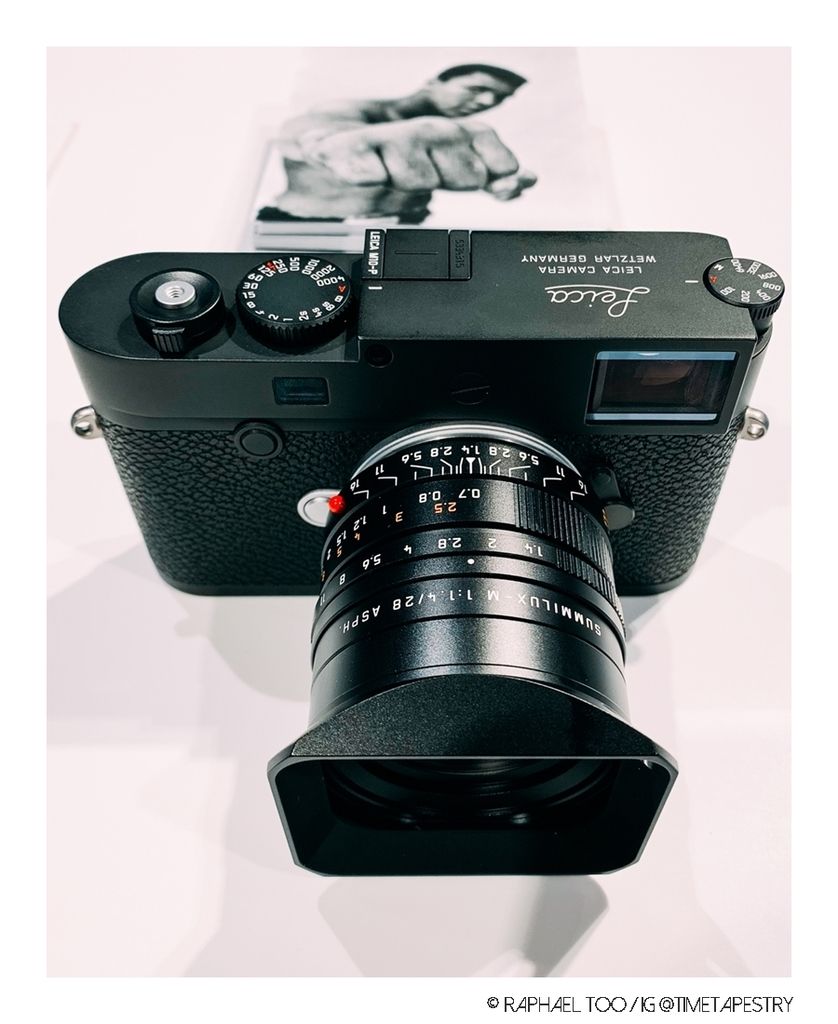
Leica be selling watches now too (shot on iPhone)
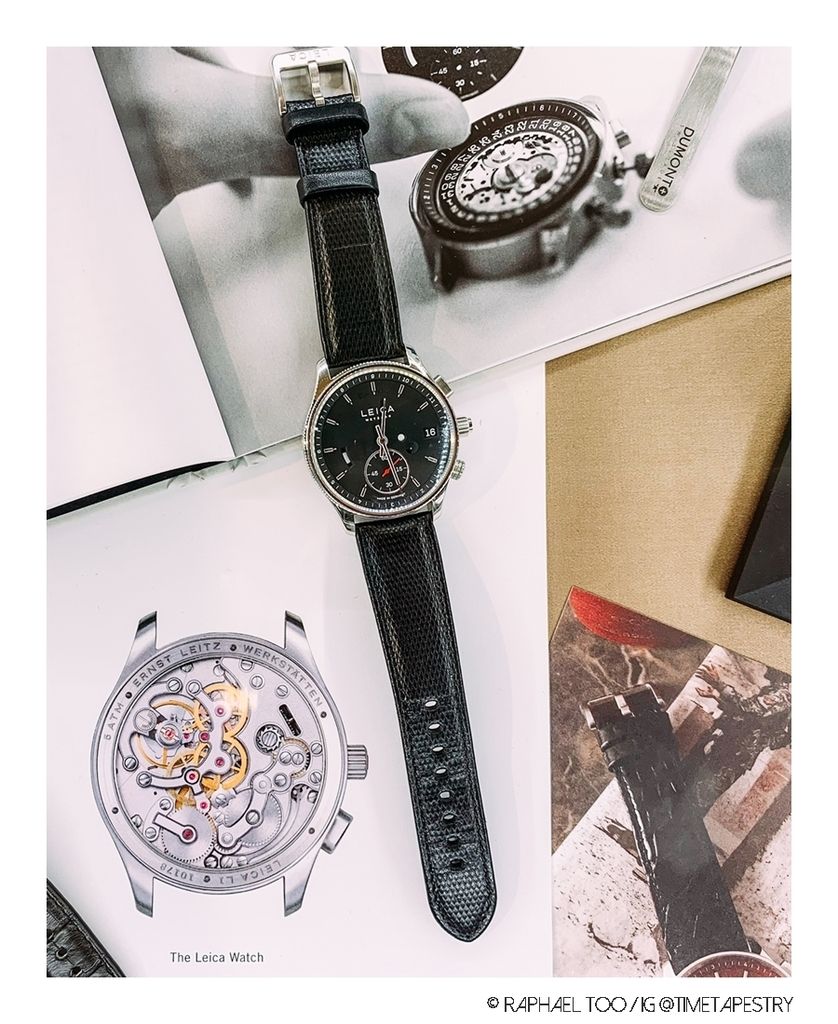
Cafe Leitz! (shot with M10P)


Contact sheet from a Thomas Hoepker book I was reading at the cafe (shot on iPhone)

The lovely M10P (shot on iPhone)

Leica be selling watches now too (shot on iPhone)

Cafe Leitz! (shot with M10P)

Yummy mini confectionaries (shot with M10P)


Yes I would like more coffee (shot with M246)


Some dried flowers around the counter (shot with M246)


Taking a break (shot with M246)


Always happy with a good cup of Leica coffee (shot on iPhone)






